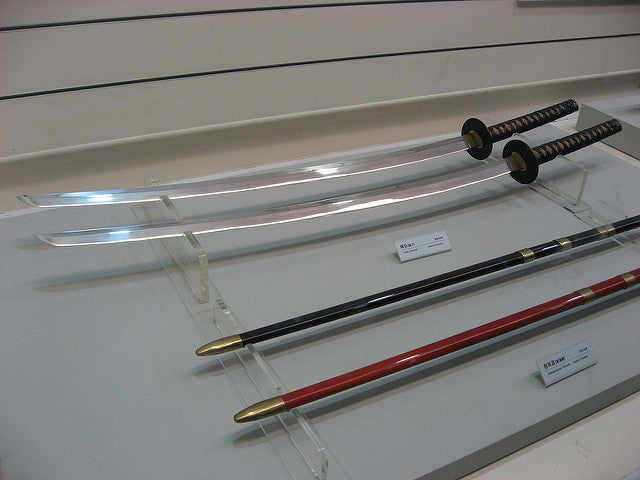Ihr Warenkorb ist leer


Swords have been around on the Korean Peninsula for thousands of years, with some of the earliest examples dating back to the 1 B.C. when bronze swords were imported into the region from China. In the years to follow, Korean bladesmiths began using their own materials and techniques to create swords. Bladesmithing in Korea began to slow down after the Joseon era, however. But in recent years, the craft has made a strong comeback, spawning the advent of many high-quality contemporary swords.
Korean Swords During the Joseon Era
The Joseon era (1500 to 1900) is considered the pinnacle of bladesmithing on the Korean Peninsula. Also known as the Classical era, swords produced during this time were used for a variety of purposes, including both military and ceremonial usage. While Korean bladesmiths produced a variety of swords during the Joseon era, some of the most common include the jingeom and ingeom. The former was also known as the "dragon sword," whereas the latter was known as the "tiger sword."
The Korean government has strict laws regarding who could produce these swords and when they could be produced. Furthermore, the highest-quality jingeoms and ingeoms were reserved for members of the Korean monarch.
Even the swords produced for Korean soldiers during the Joseon era were made with using high-quality materials and expert craftsmanship. Granted, they were lower quality than those given to members of the Korean monarch, but they were still superior to swords produced during other times in Korea's history.
Contemporary Korean Swords
After the Joseon era, the quality of swords produced on the Korean Peninsula began to decline. Bladesmiths began using lower-quality materials, essentially focusing on quantity rather than quality. But this trend has been reversing in recent years, leading to the revival of high-quality contemporary Korean swords.
Specifically, swords on the Korean Peninsula changed in the early to mid-1990s. Rather than mass-producing low-quality swords, Korean bladesmiths began making fewer, higher-quality swords. Experts say that these contemporary, modern-day Korean swords share a similar quality to those produced during the region's Joseon era.
There are several esteemed bladesmiths who made contemporary Korean swords, some of whom include Hong Seok-hyeon, Lee Sang Seon, Lee Eun-cheul and Kang Cheul Kyu.
Sword ownership and usage in Korea is still somewhat restricted. However, the revival of high-quality contemporary swords has made Korea a notable location for swordsmanship practitioners and sword collectors.